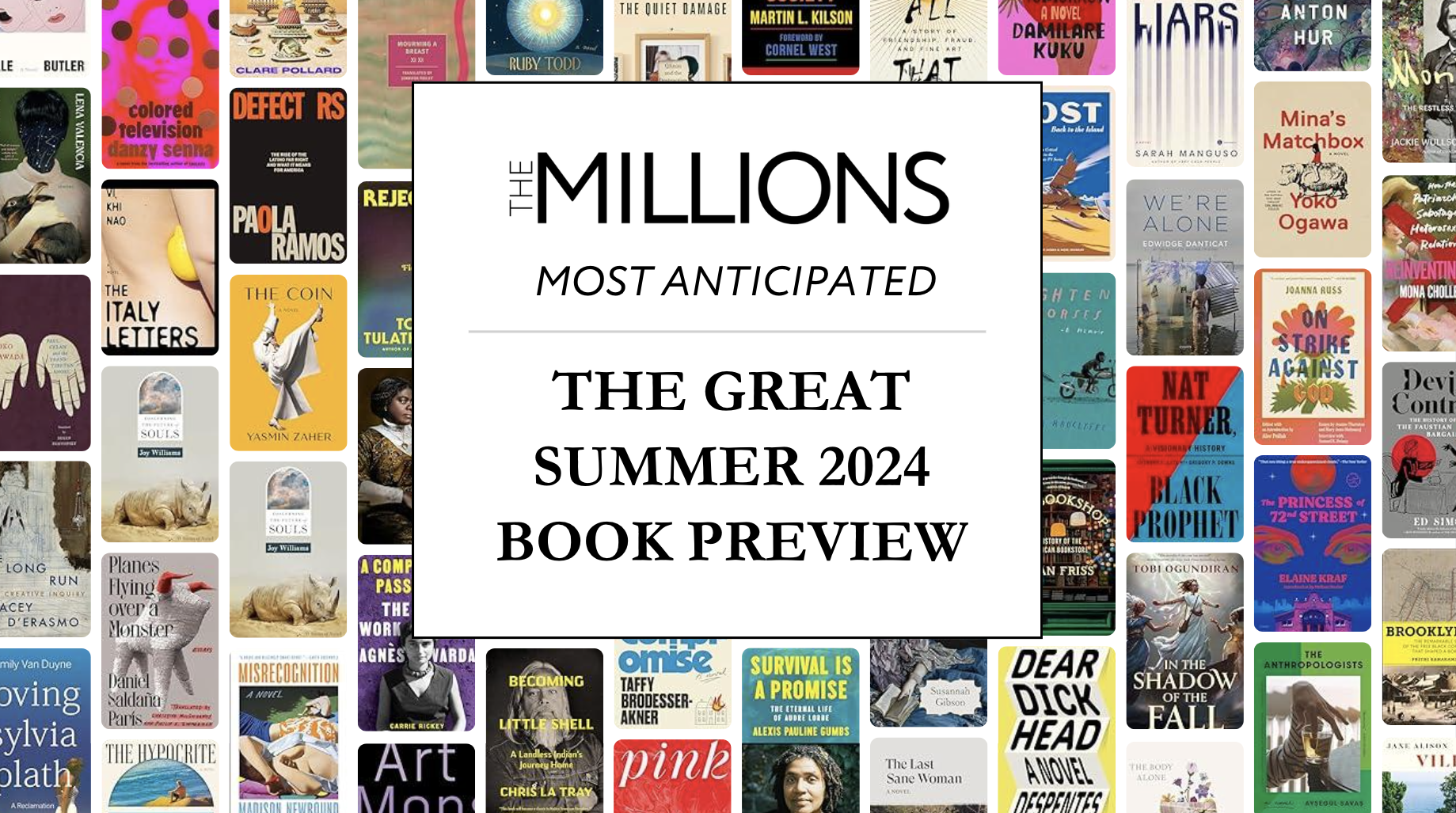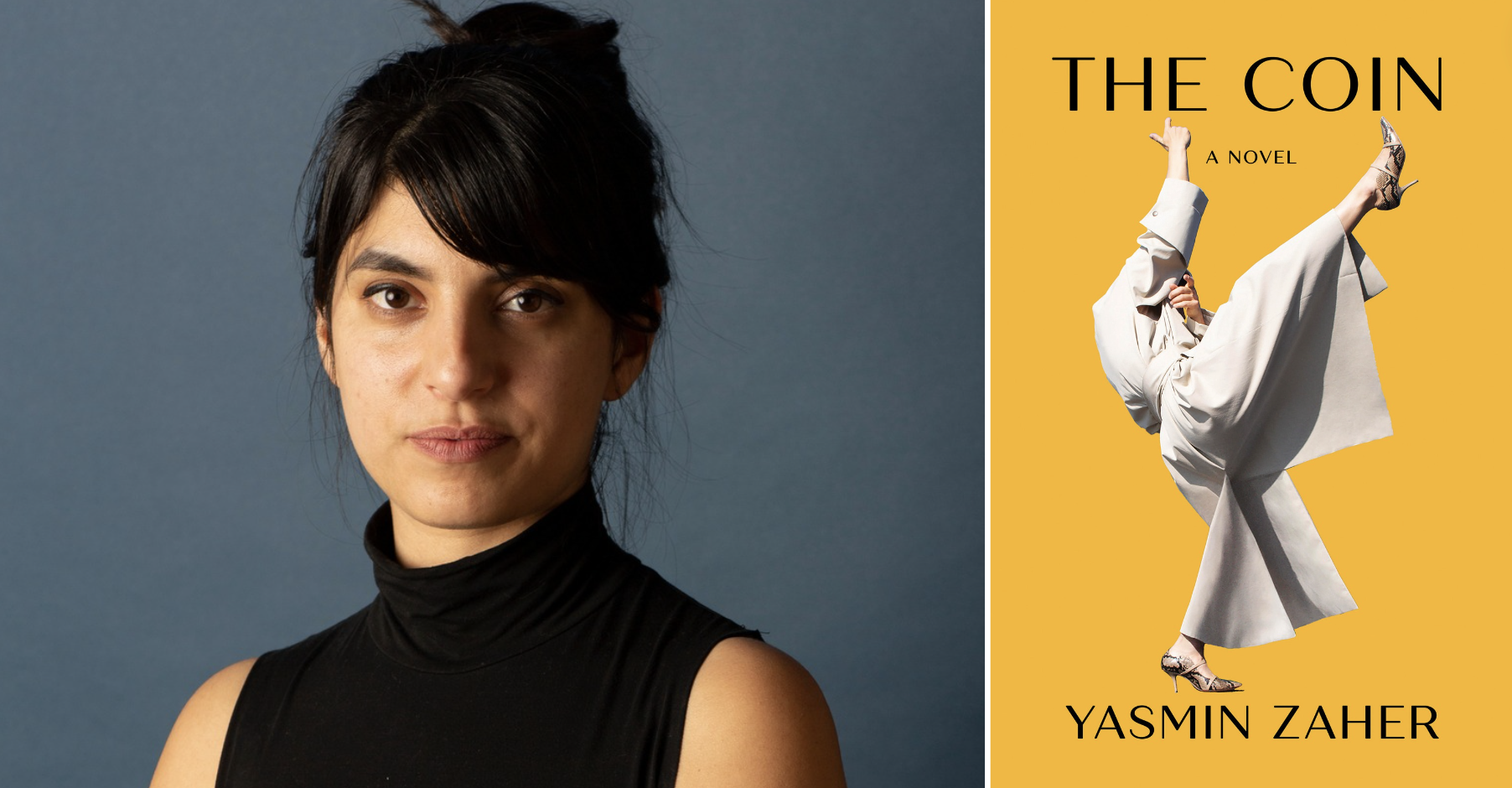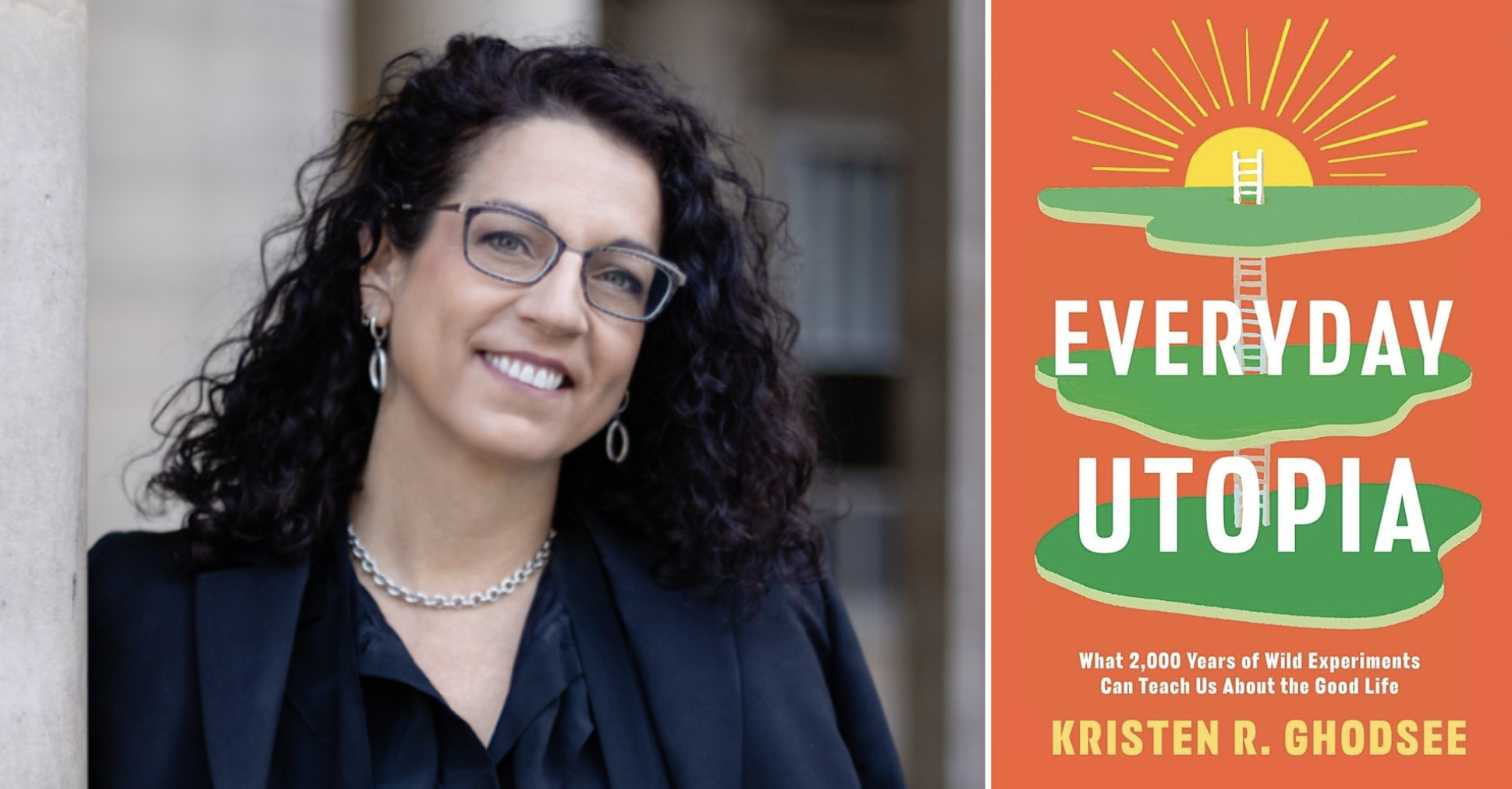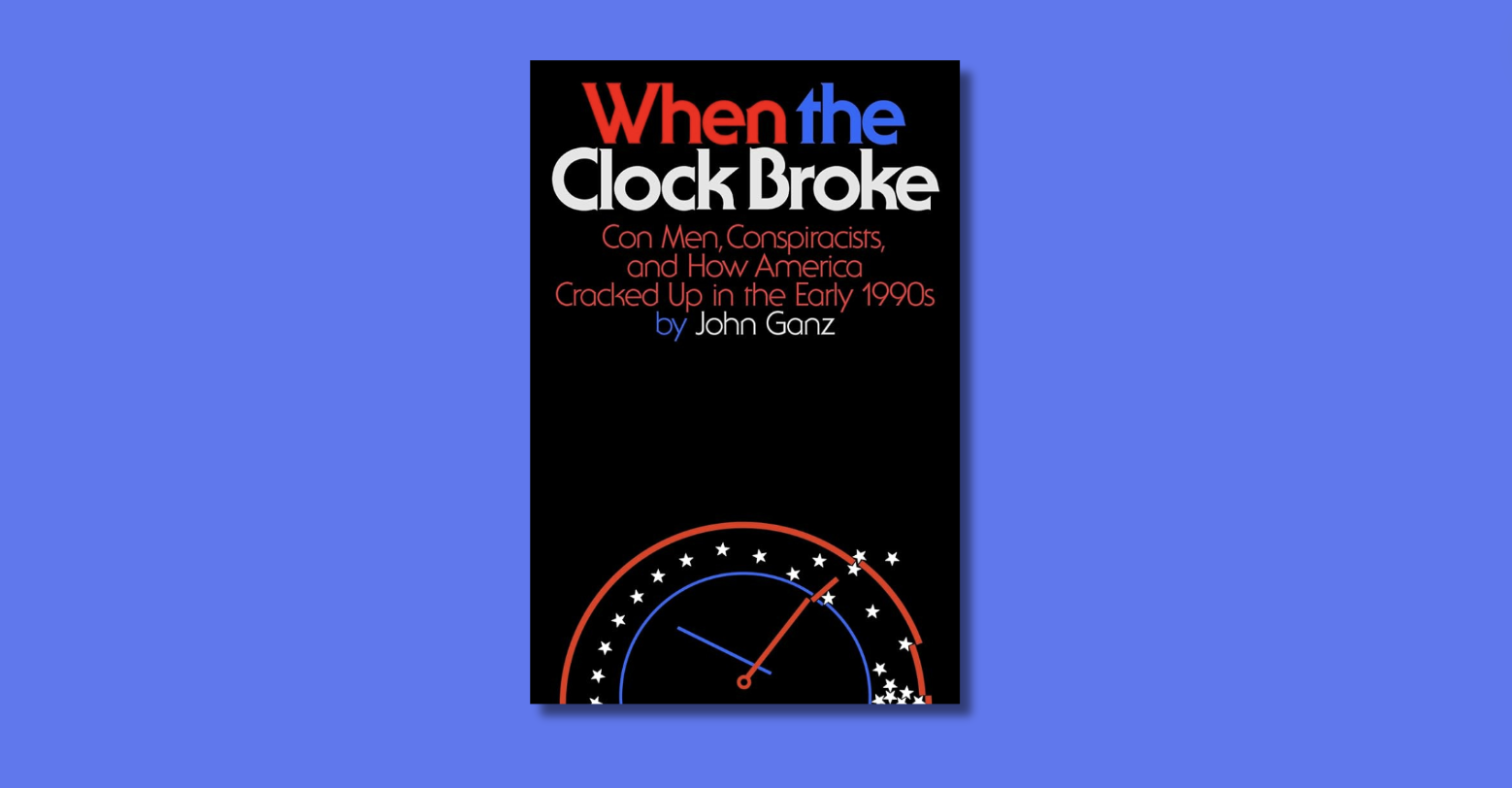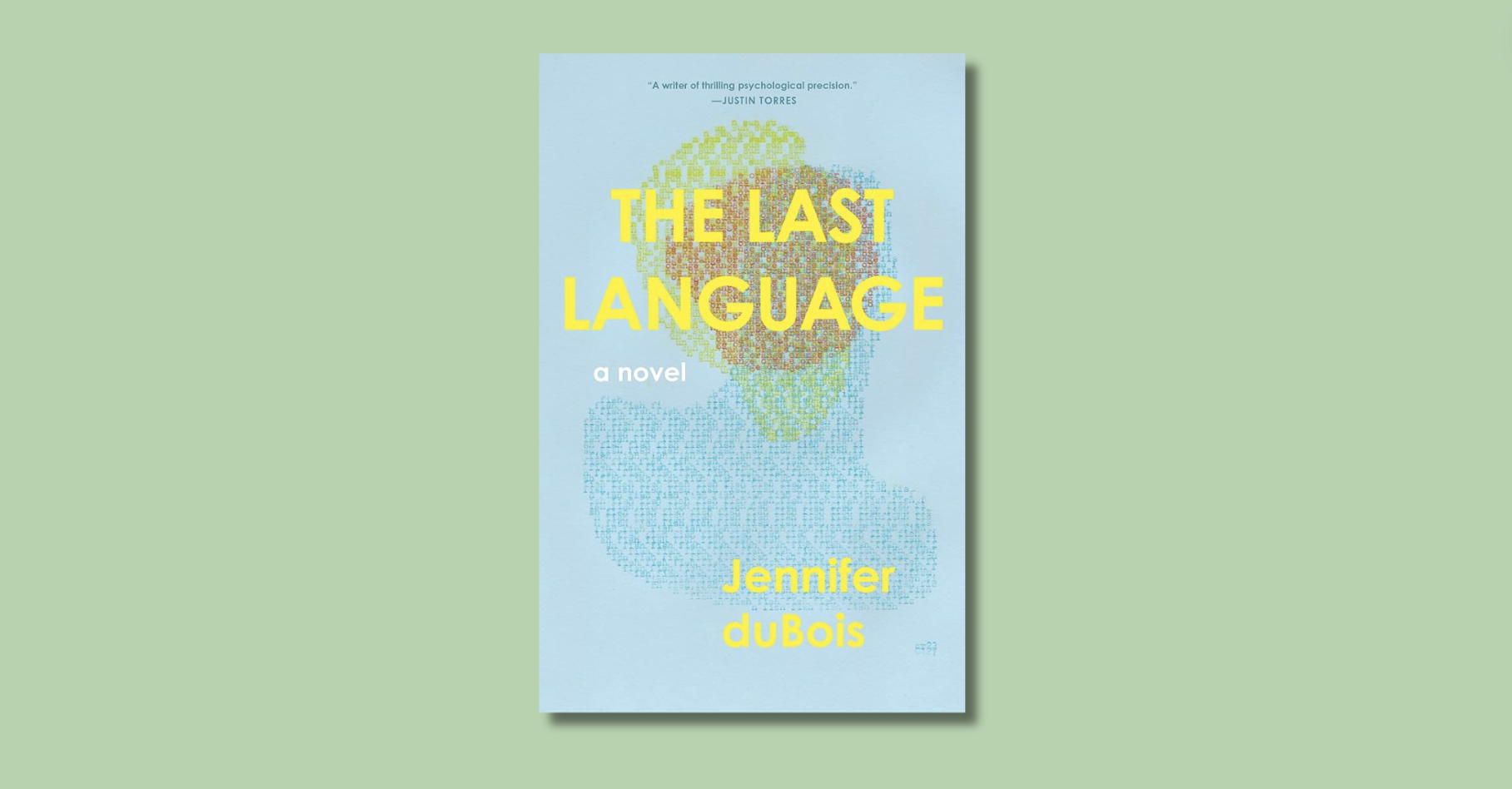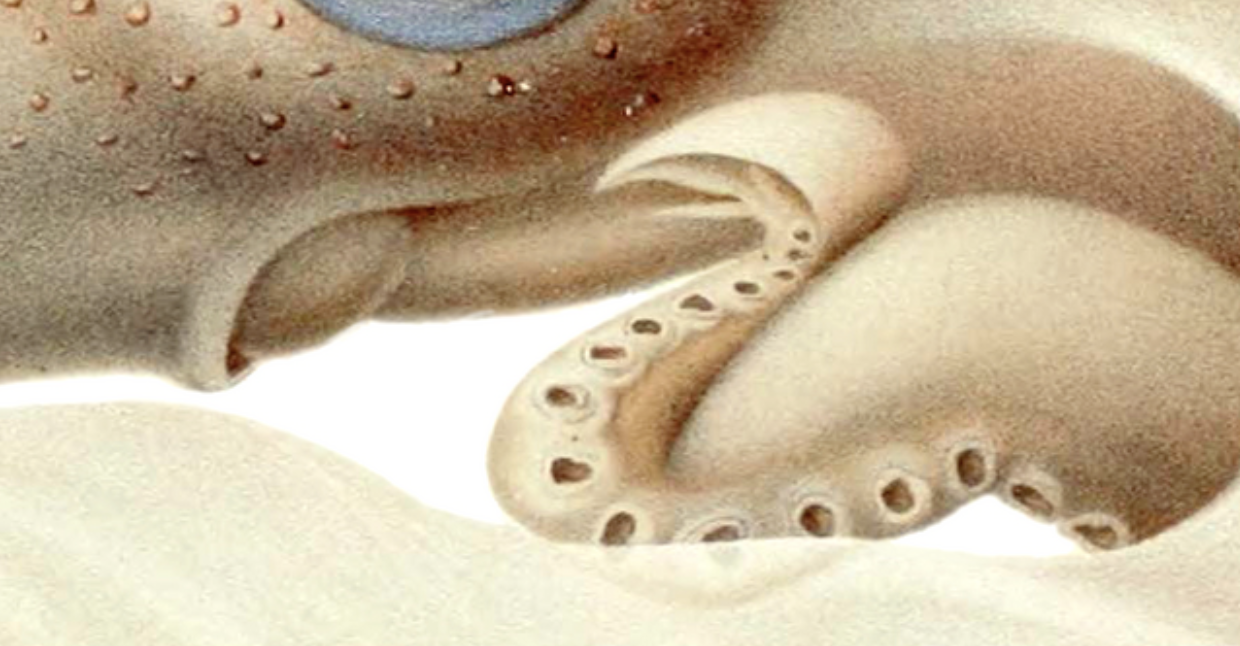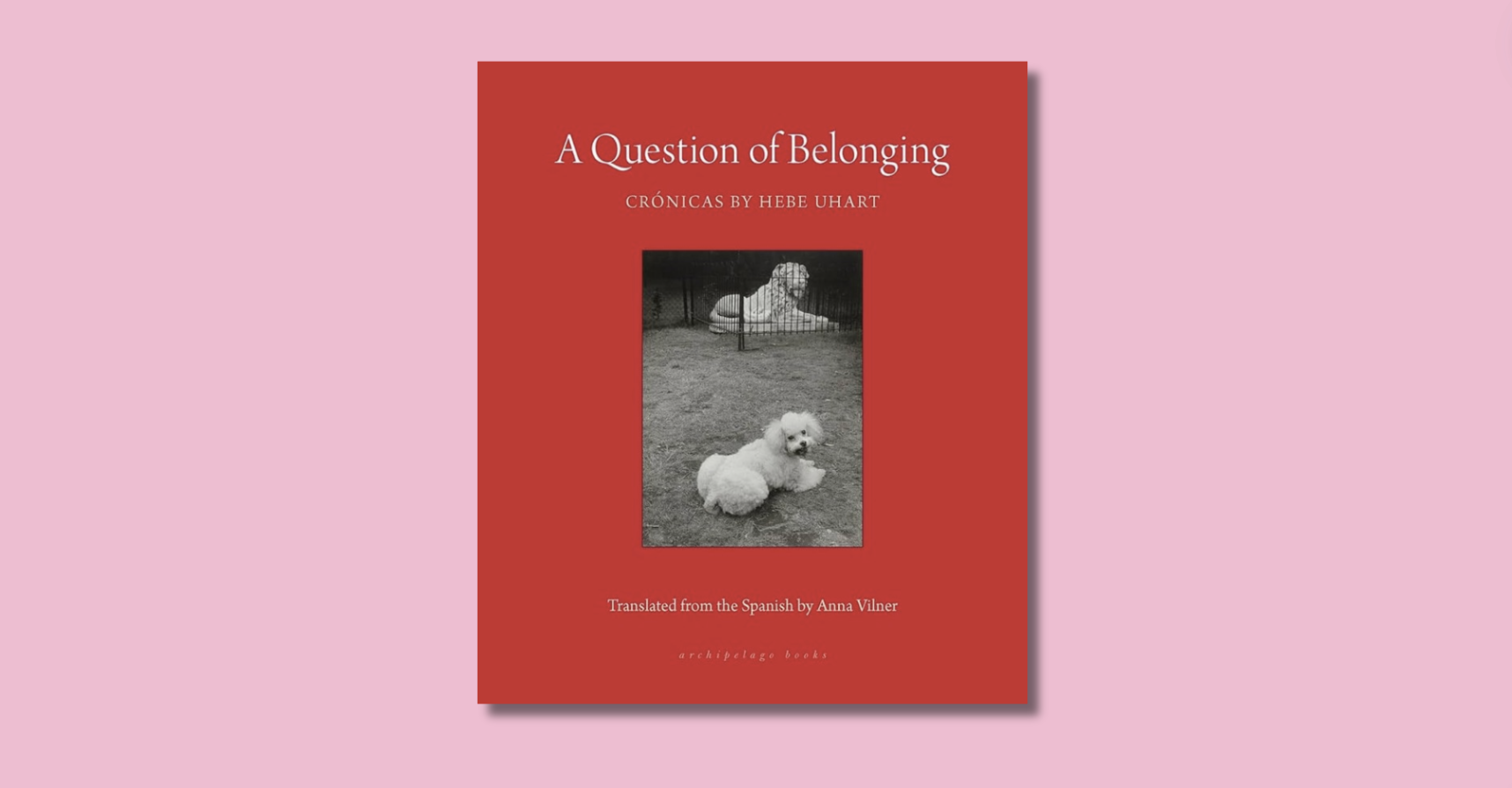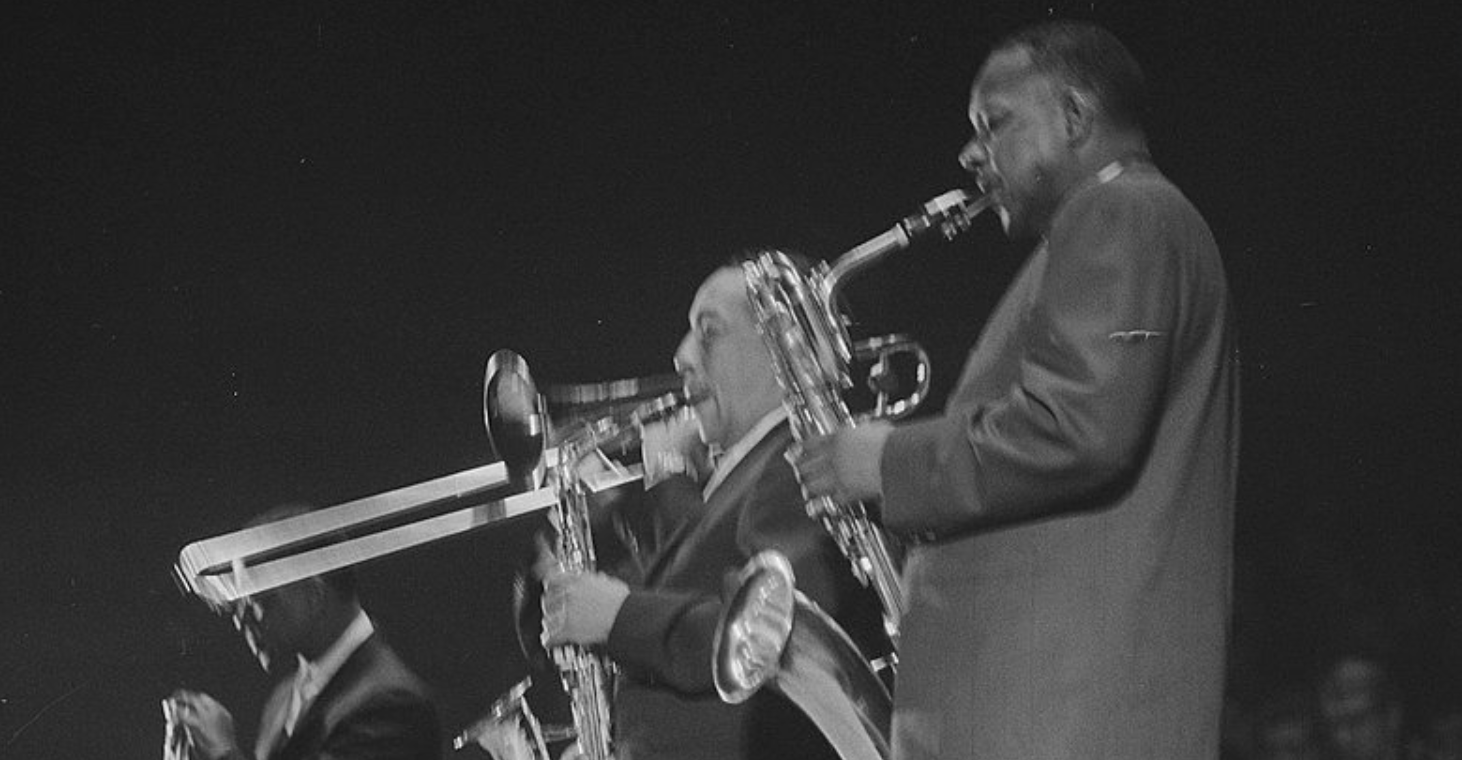
1.
When I was 17, I stole a painting from high school. It was the climax of a pretty standard adolescent awakening: I read The Autobiography of Malcolm X. In the book’s characterization, Malcolm X is the kind of impeccable hero teens go for: brilliant charismatic tough guy redeemed, only to be martyred by backstabbers (as an adult, I cringed at Manning Marable’s only slightly defanging biography, so committed was I to this image). I bought the book on a whim; Spike Lee’s new biopic Malcolm X was out. I knew nothing about Malcolm X other than he had been an angry second fiddle to Dr. Martin Luther King, Jr.; he had yet to reappear as he would after the film, showing up in gangsta rap videos and on t-shirts. I was just the type of uptight kid who read the book before the movie. It also happened to be the winter after the Rodney King Riots: 1992.
 I had zero expectations of The Autobiography — as many refer to it — but Alex Haley wisely opens with the riveting murder of Malcolm X’s father on railroad tracks. By the time Malcolm enters prison, I had abandoned the other books I was reading and cut short my normally lengthy phone calls. The questions Malcolm posed during his prison debates (the ammo for which he acquired via miraculous feats of reading) floored me with their conspicuousness. I went through one highlighter and started on another, feeling for the first time intellectually disappointed in myself. It was cataclysmic. Malcolm made me feel more stupid than I had ever felt.
I had zero expectations of The Autobiography — as many refer to it — but Alex Haley wisely opens with the riveting murder of Malcolm X’s father on railroad tracks. By the time Malcolm enters prison, I had abandoned the other books I was reading and cut short my normally lengthy phone calls. The questions Malcolm posed during his prison debates (the ammo for which he acquired via miraculous feats of reading) floored me with their conspicuousness. I went through one highlighter and started on another, feeling for the first time intellectually disappointed in myself. It was cataclysmic. Malcolm made me feel more stupid than I had ever felt.
After all, what was the likelihood that any person from ancient Palestine, including Jesus Christ, would have the blonde hair and stained-glass blue eyes I saw in churches? Yet when I had heard, just one year earlier, Nikki Giovanni’s “Ego Tripping” on an episode of the black sitcom A Different World, I had rolled my eyes at a non-white Jesus. Now, I as I read, I felt like the Harvard seminary student Malcolm humiliates during a prison debate: of course Jesus was brown.
As Malcolm described the impact of cramped quarters and heavy policing on mid-century Blacks in northern ghettoes, I thought of my own neighborhood. Langley Park, Md., was a suburban ghetto just outside the then-murder capital, Washington D.C. The selling of drugs was so prevalent the ice cream truck sold gum dispensers shaped like plastic versions of the pagers dealers wore, one of whom, a classmate, would be shot dead across from our high school his senior year. As Malcolm described the riotous anger felt by over-policed and brutalized Black communities of mid-century Harlem, I recalled the L.A. Riots last spring and cringed, again at myself.
Just six months before, I had been completely unsympathetic to the riots that erupted when officers were inexplicably acquitted of beating Rodney King on tape. The recording brought national attention to what was a known phenomenon in Black communities: unchecked police violence. I, like everyone I knew, had been scandalized by the ruling. Hadn’t they seen the tape? Yet I had had no sympathy for the rioters yanking drivers from their cars and setting streets ablaze. The grainy gray footage of King’s brutal beating was supplanted by the live aerial view of rioters dragging blonde Reginald Denny from his tomato red 18-wheeler in order to beat him nearly to death, one with a brick. I could not understand what I was seeing. I raged in my diary about the riots. They lasted five days.
Malcolm speaks eloquently on the subject of rage. The rage injustice could produce was unavoidable, if not always palatable. James Baldwin called it the need of the ghetto “to smash something.” After reading Malcolm, the L.A. Riots had context: the beating of Rodney King and the absolution of the officers was not some peculiar lapse but a longstanding continuity. I, a reader, a smarty pants, a working class of color kid, should have understood. I trashed my diary. What would Malcolm have thought of the old me?
Until then, racism had meant slavery and water fountains. I now saw modern corollaries to Malcolm’s arguments everywhere: the cartoonish mascot of my elementary school Cherokee Lane, the maddening inferiority I felt around white kids despite how deeply vain I was, my mother shooing me out of the summer sun so I wouldn’t get darker, the lack of makeup that matched my skin. What was most striking, however, in terms of racism, was school.
2.
One of the saddest moments of The Autobiography is when Malcolm is probed about his career plans by his eighth grade teacher Mr. Ostrowski. Malcolm answers he would like to become a lawyer; Lansing had no Black lawyers. At the time Malcolm is top of his class, well liked and bright. Yet Mr. Ostrowski encourages Malcolm to be “realistic” about being “a nigger,” to consider something that he could be, like a carpenter. He did not mean to be unkind.
My high school guidance counselor Mr. Stein, on the other hand, gave me first perusal when he received bulletins about scholarships. Once he told me I owed him $9 because he had signed me up for the PSAT even though I hadn’t known what it was. Yet Mr. Stein did not know anything remarkable about me other than I was a South Asian kid with good but not excellent grades. I hadn’t yet taken any leadership roles or made any elite teams, but Mr. Stein’s attention made me feel like the type of person who should apply for scholarships.
Of course Mr. Stein was only doing his job, part of which was to identify in a class of over 500 students those who showed promise. Perhaps I did. What is worth noting, however, is that in a school of largely Black and Latino students, the students classified as honors students were most often white and Asian.
Asians have often benefited from positive stereotyping, much of which stems from the 1965 Immigration Act. At the time, the nation was panicked by the Soviet Union’s launch of Sputnik; America desperately needed immigrants with technical skills for the space race. The immigration act lead to a large influx of highly educated Asian and South Asian immigrants. These doctors and engineers contributed to positive stereotypes and unfair comparisons to other minorities: the model minority myth.
This myth benefited even those like me, model minorities whose parents were not college educated. In the classroom being South Asian often meant being tracked as gifted. Was I actually gifted or did I benefit from the assumption I was gifted? Who’s to say. What I can say is that any student would’ve benefited from the privileges and dispensations I received — long before I had achieved anything — not the least of which were my teacher’s rosy expectations.
Malcolm never forgot how the white children in his class were encouraged to pursue professional careers by the same teacher who told him he could not become a lawyer. In fact, he called his encounter with Mr. Ostrowski the first turning point of his life, the moment where he turned away from school. This was almost surely not Mr. Ostrowski’s intent. He must have believed having different expectations for Malcolm was sensible. After all, it was 1938.
In the public schools I attended in the ’90s there was, in addition to the divide in expectations, concrete differences in how students were treated. There were, for example, two computer labs at my high school. The lab I used had a humming, air-conditioned, cottony quietness, lined with sleek Macs and PCs, as well as laser printers and free three-inch floppy discs in Ziploc bags, whereas the Perkins Lab designated for the rest of school was in the basement, had older beige colored computers and one shrieking printer so ancient it required paper with perforated edges that rolled on a ream. In late spring, humidity turned the lab into a swamp.
There were also two school policies on schedule adjusting. The official schoolwide policy was rescheduling was not allowed: unless your schedule had a true error — you had already passed geometry for example — the reply was always no.
The other policy on scheduling was yes. When I wanted the AP bio section taught by a perky but serious teacher known for recruiting varsity football players to stand shirtless while she pointed out the muscles students had to memorize, instead of the ex-hippy who smoked pot in the parking lot with seniors I was actually assigned, my Academic Center Honors advisor agreed to switch me into the class I wanted. After a brief charade of resistance, she signed the crinkly slip with a quick admonition: don’t broadcast this. It felt like a secret handshake.
This subject of unearned privilege would eventually lead to publications in small literary journals and a dissertation on model minority privilege as it relates to Black Americans. I would eventually be troubled by Malcolm’s attitude towards women, evidenced most memorably by his advice to a young Muhammad Ali about cute little foxes really being wolves. At 17, however, the book made me want to align myself with the side I was newly on. I wanted to do more than regurgitate Malcolm’s arguments to eye rolling classmates.
That’s when I decided to steal a painting from school. I wanted to prove that in a school where students wore ID badges I could get away with brazen theft because of a status earned by, amongst other factors, a decade’s worth of positive assumptions about my ethnicity.
The morning I stole the painting, I skipped physics to drag a chair into the hallway so I could reach the painting. When a teacher on patrol for hall passes approached me, I pretended to be struggling. I had no pass or ID.
“Can you help me get this down?” I asked. Arms stretched over my head, I put on a suffering expression.
“Sure.” He unhooked the painting from the cinder block wall and handed it to me.
By the time I called thanks over my shoulder (I did not bother to return the chair) he was detaining an ESL student waving a mint-colored hall pass.
No one questioned me as I hauled the painting past classrooms and down three flights of stairs to the gym. When I got there, a gym teacher held the door open. I slammed the painting into the trunk of my friend’s car with an airy whunk.
Only one adult stopped me the day I took the painting, an English teacher counting down to the final bell by surveying the hall from her door.
“That one has been around here a while,” she said.
I turned the painting to face us so we both could take a long look. The soft pastels depicted a barn and an apple tree and rows of unidentified produce. There was a covered bridge. It was a Jeffersonian ideal, an anodyne American dream void of any American complications.
“Long before I got here,” she continued. “And that was a long time ago.”
I had never had her for a teacher, yet she had engaged in friendly, grown-up chatter with me, rather than questioning, reasonably, what I was doing strolling the hall without a pass while lugging a piece of school property. Instead, she decided to recognize me as someone being groomed to enter the adult world she inhabited.
I meant to immediately return the painting, having made a point I cravenly broadcast to no one but myself, but I didn’t right away. I hid the painting in the basement, where it stayed for years until it somehow briefly ended up in my parent’s living room, flanked by my and my brother’s several degrees.
